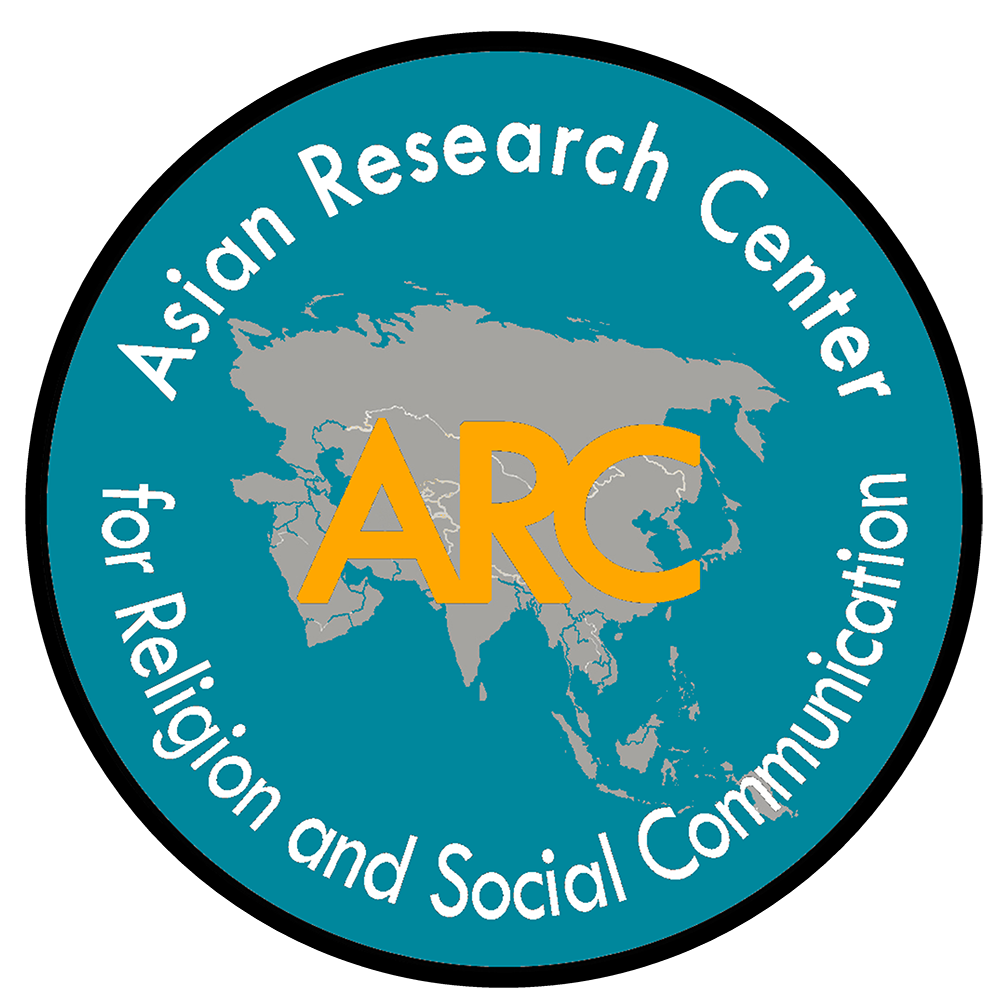Communication Leading to Communion: Social Communications in the Digital Culture through the Catholic Church’s Engagement in Social Media during the COVID-19 Pandemic
Communication Leading to Communion: Social Communications in the Digital Culture through the Catholic Church’s Engagement in Social Media during the COVID-19 Pandemic
Roderick Evans M. Bartolome
Religion and Social Communication 20, no. 2 (2022)
Abstract
With the prohibition of religious gatherings by the Philippine government to help curb the spread of the COVID-19, the Catholic Church had to close its doors to the public and instead hold masses and other activities online, primarily utilizing the livestreaming features of Facebook. The study probed how select parishes in the province of Bulacan engaged their parishioners online in light of the quarantine restrictions imposed in the area. Specifically, the study explores the concept of social communication as embedded in a new culture that is shaped by digital communication, in the context of the engagement of the Catholic Church and its faithful through Facebook during the COVID-19 pandemic.
Guided by ideas regarding social communication by Eilers, participatory culture by Jenkins, and COBRA typology by Muntinga, Moorman, and Smit, as its theoretical lenses, this study utilizes a multi-method approach to achieve its objectives. Qualitative focus interviews were conducted with social media managers of Facebook pages of three parishes, as well as for parishioners who follow the selected parish Facebook pages. Data obtained from the content analysis and Facebook insights of the top performing posts of the parishes selected were also analyzed.
Findings show that social media has changed how the Church communicates, and thus has forced the evolution of the concept of social communication. Given the size and scope of the various social media pages, they offered the Church viable fora for its visibility and evangelization. Moreover, although social media cannot totally substitute face-to-face gatherings, especially in-person worship, social media can support the Church’s community in a myriad of ways such as providing information about the parishes’ events, activities and advocacies, and allowing a space for the parishioners to engage in dialogue. Viewing communication as one that leads to communion or unity of its community, the current digital culture reshapes social communication as one that fosters a greater sense of participation in the creation and sharing of information among its members.
Keywords: Facebook, social media, engagement, Catholic Church, COVID-19



